’Canvases’ in the landscape made with only natural elements, works of Land Art onElba Island: this is the project of Roberto Ghezzi (Cortona, 1978), as part of Anadyomene. Nascente dall’acqua, an interdisciplinary artistic residency initiative of the Sistema Museale dell’Arcipelago Toscano (S.M.AR.T). The project, funded by the Region of Tuscany through the call dedicated to museum systems 2024, involves 9 municipalities and the Tuscan Archipelago National Park, located on 7 islands, and one of its main project goals is to enhance the connections between the territory and the archipelago’s places of historical, artistic and natural interest. Ghezzi’s works are therefore installed in various places, such as the port of Capraia Island, the Conche pond near Rio Marina, the small port of Mola, and the San Giovanni spa on Elba Island. These places, rich in history and natural beauty, provide the ideal backdrop for Ghezzi’s art installations.
The title “Anadyomene” comes from one of Aphrodite’s appellations, meaning “rising” or “emerging [from the sea].” Aphrodite is often depicted as rising from the foam of the sea, a mythological image that the project is meant to evoke. Popular legend has it that Aphrodite, losing or dropping seven pearls from her necklace, gave rise to the islands of the Tuscan archipelago. The pearls, falling into the waters near the Tuscan coast, were transformed into beautiful and varied islands.
Ghezzi’s works, called Naturographies, are created through a process in which nature itself leaves traces of itself on eco-friendly media placed in natural environments for long periods of time. This unique and original method makes it possible to capture the otherwise invisible image of underwater landscapes. Ghezzi, who has worked in various landscape contexts both nationally and internationally, prefers aquatic habitats such as lakes, rivers, lagoons and seas, where sediment is naturally deposited. Ghezzi’s work is distinguished by the marriage of art and science, a cornerstone of his expressive investigation. The Anadyomene project is no exception, integrating artistic aspects with rigorous scientific analysis to explore and document the natural and cultural heritage of the Tuscan archipelago.
The project is divided into two main phases. The first is the Artistic Residency: during the first phase, the artist will install six “canvases,” as Ghezzi calls them (each about 5 meters by 2 meters), in the waters of the Tuscan archipelago. These canvases will be collected after about two months of exhibition. The second is the Itinerant Exhibition: In the second phase, the canvases made during the residency will be displayed in an itinerant exhibition in the various museums that are members of S.M.AR.T on the 7 islands. This exhibition will be accompanied by a public program in collaboration with the project’s partner institutions, including educational workshops for adults and children, specific routes for schools, talks, guided tours and other events.
The project is being overseen by the S.M.AR.T scientific and technical committee, which is composed of professionals, researchers, university professors, superintendence officials, archaeologists, geologists, contemporary art historians, paleontologists, architects and museologists. In addition, the project benefits from the partnership and support of third sector entities, both nationally and internationally, and the collaboration of the CNR of Pisa for the scientific study of the canvases.
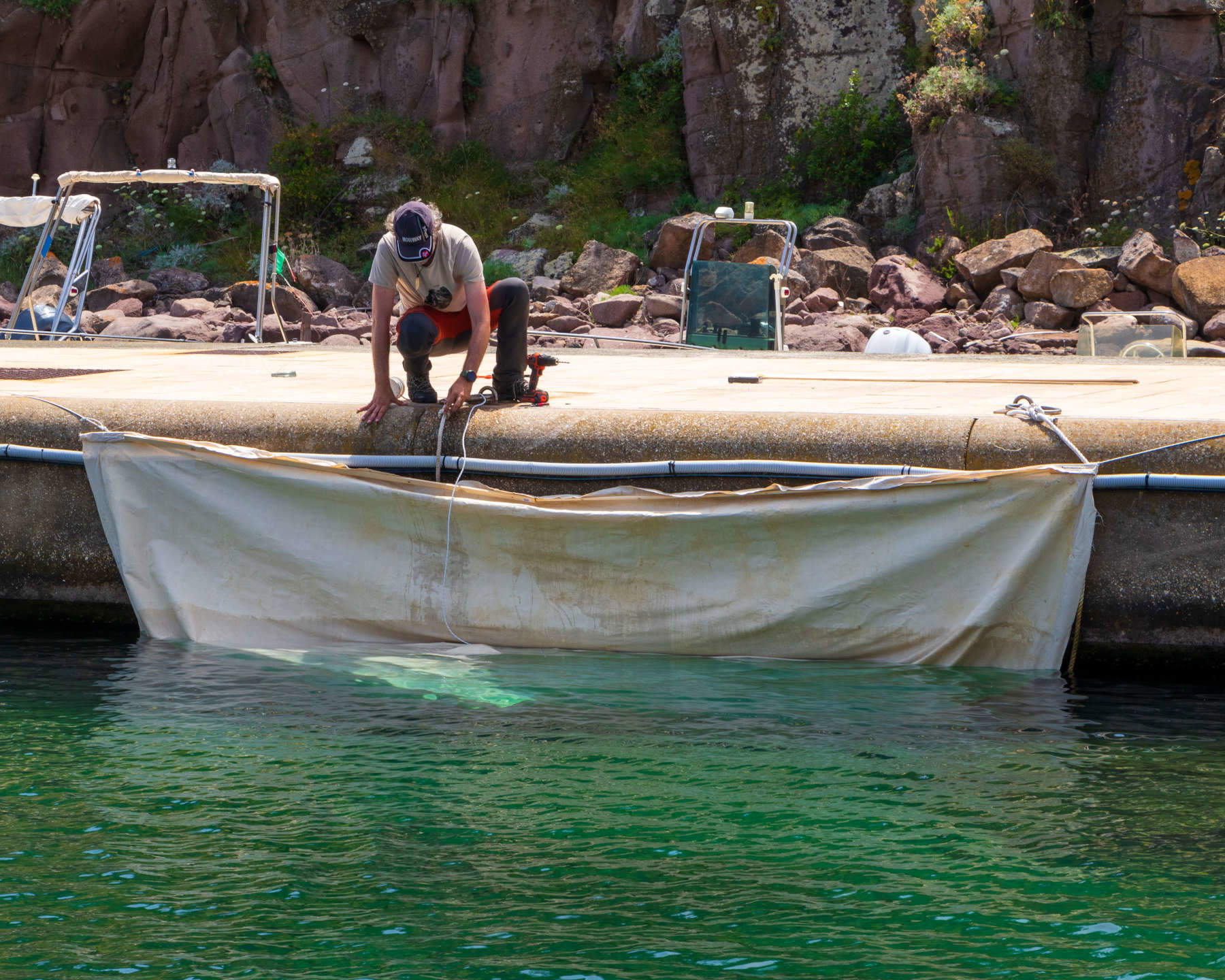
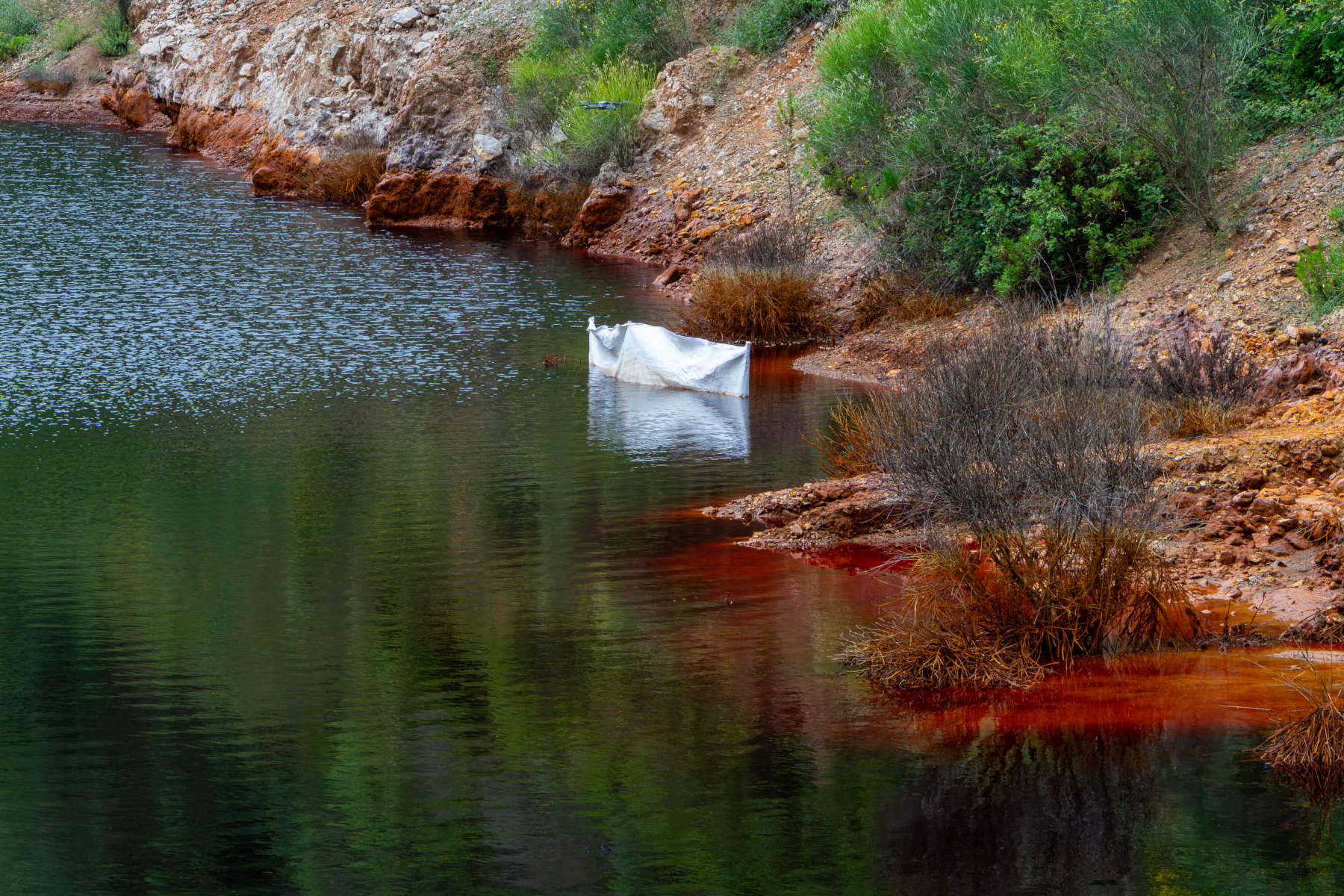
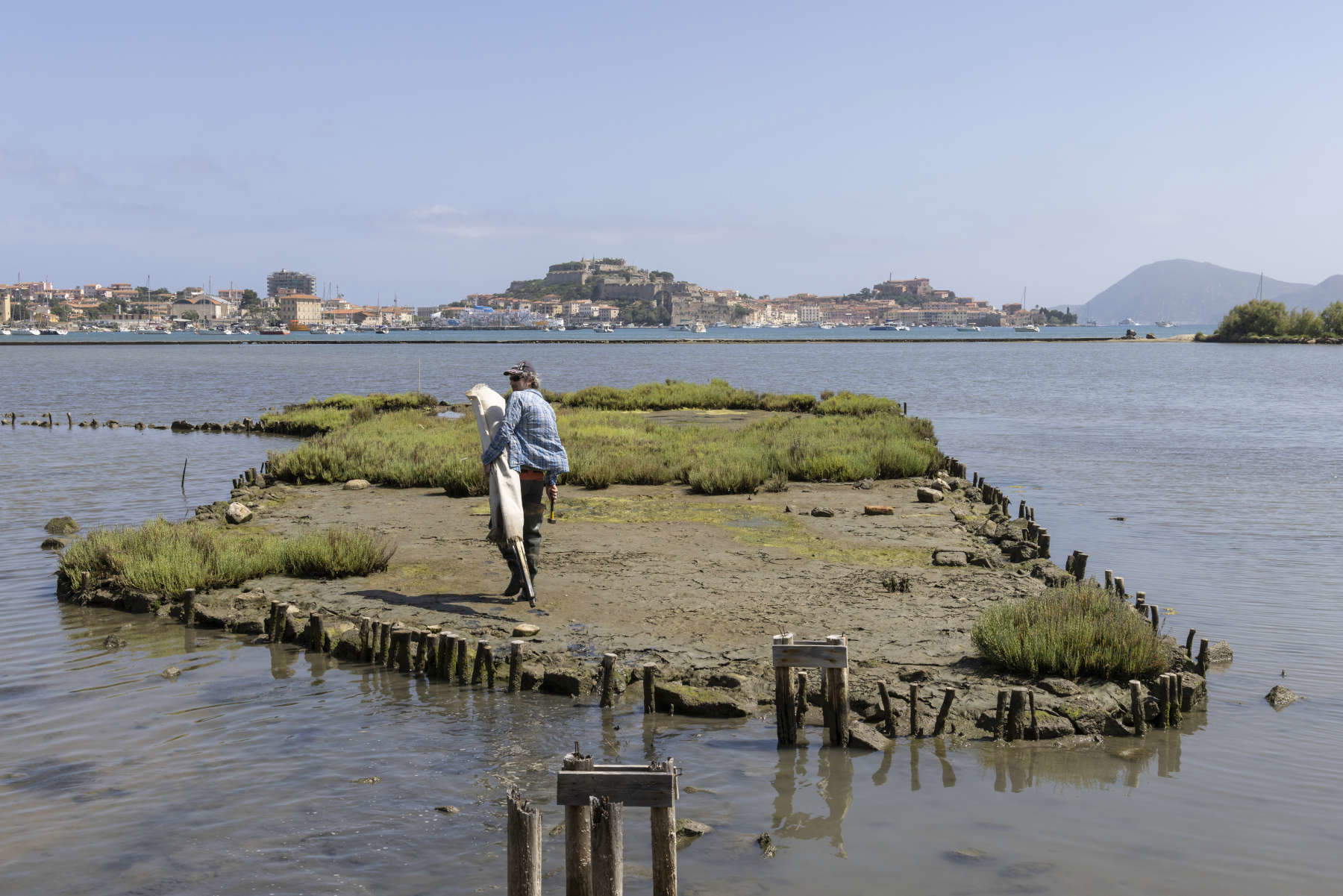
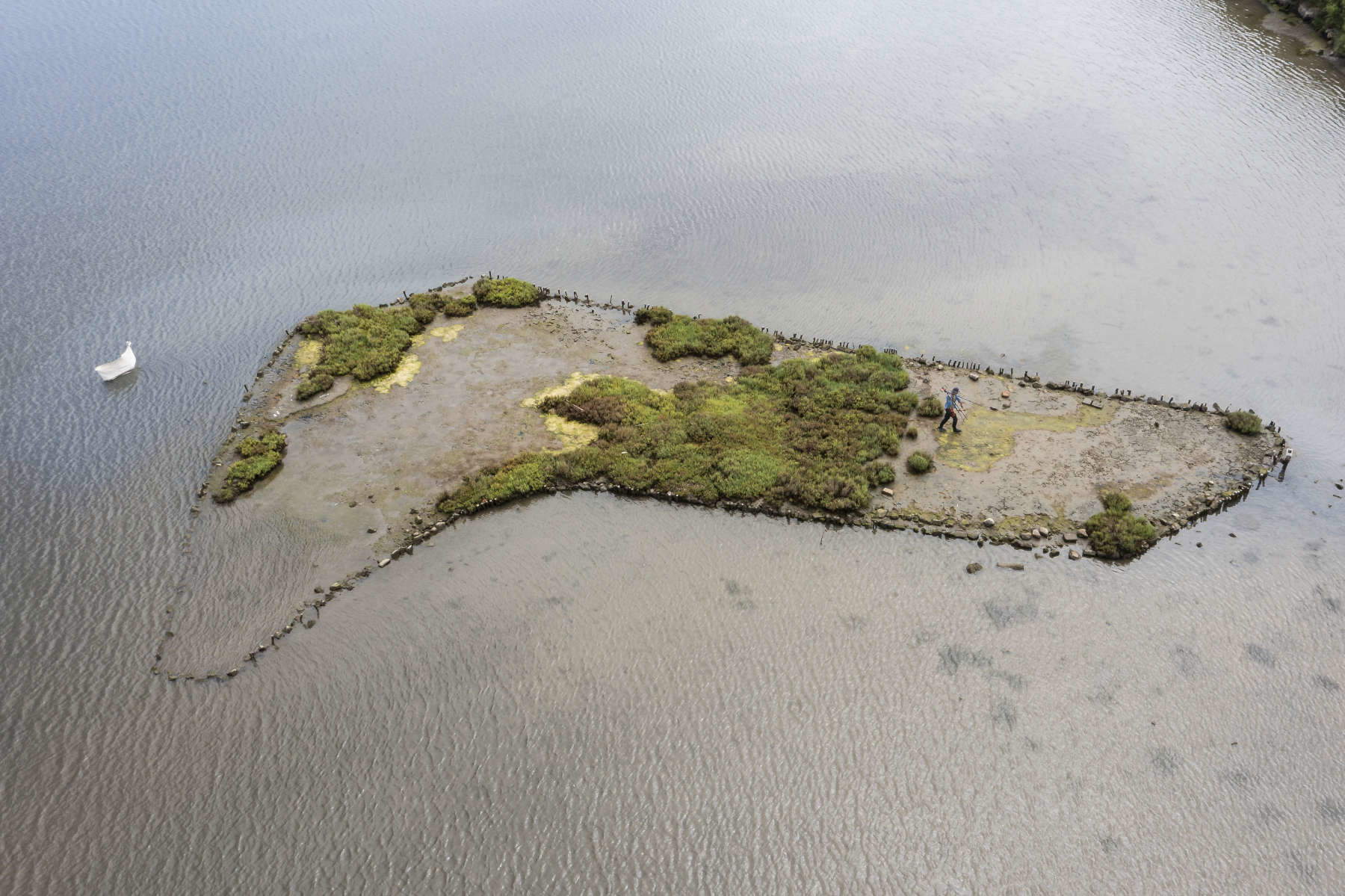
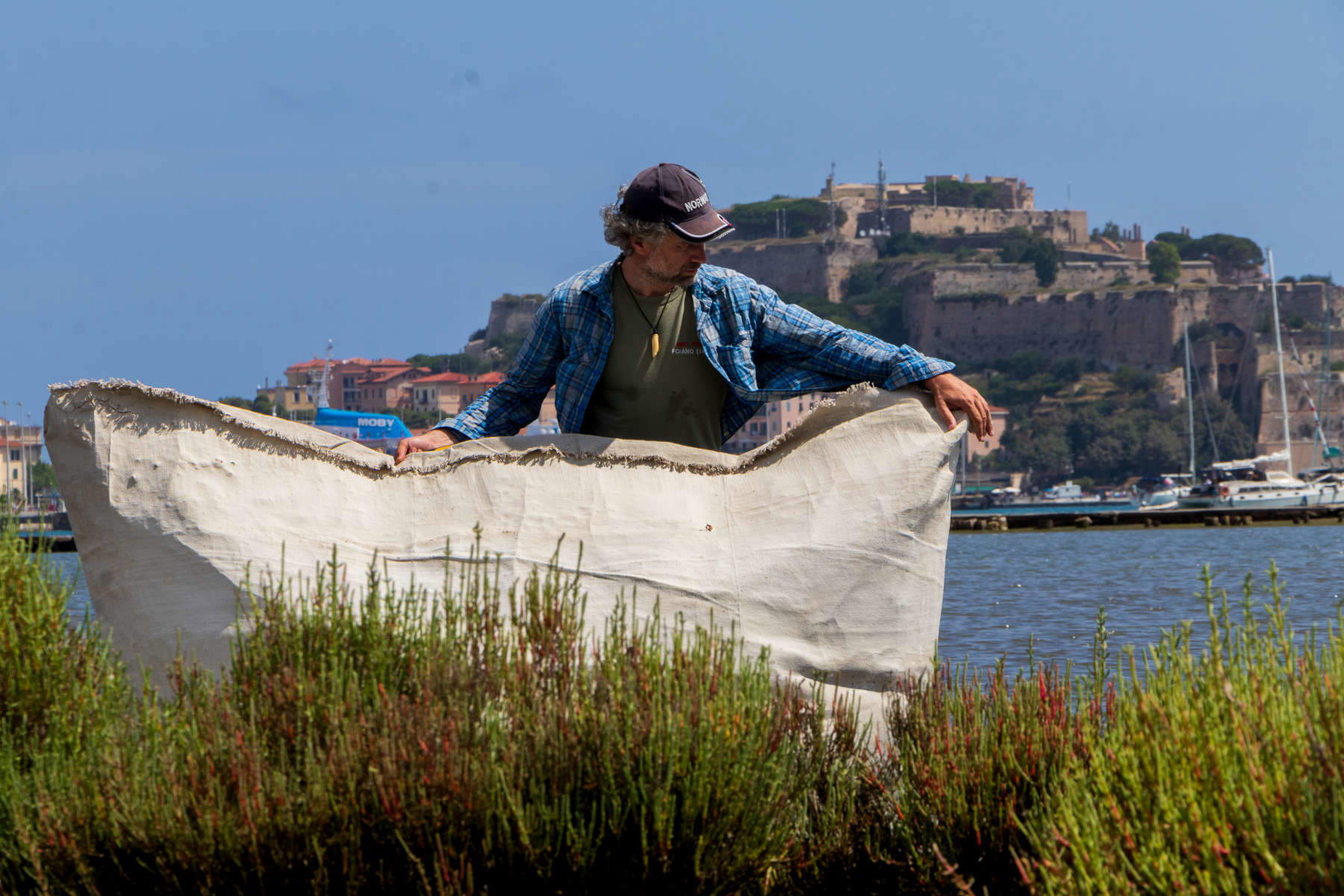
 |
| Roberto Ghezzi brings his interventions in the landscape to Elba Island |
Warning: the translation into English of the original Italian article was created using automatic tools. We undertake to review all articles, but we do not guarantee the total absence of inaccuracies in the translation due to the program. You can find the original by clicking on the ITA button. If you find any mistake,please contact us.